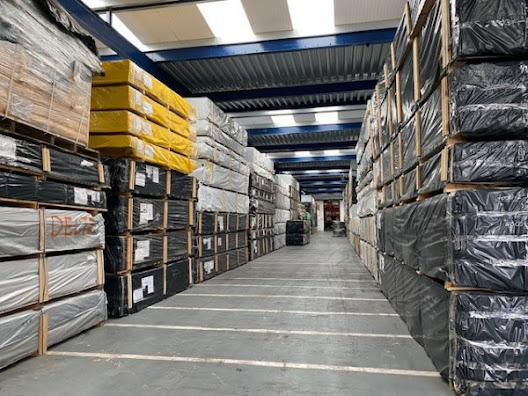ADR (also known as “Accord Dangerous Routier”) is a European Agreement that establishes the rules governing the movement of dangerous goods by road throughout the EU. They are extremely strict and exist to protect the general public, road users, and the environment, from the harmful effects of hazardous substances. All ADR hauliers and drivers must be fully aware of the rules governing the carriage of dangerous goods. Below are some important points regarding ADR transportation:

ADR documentation:
ADR transport requires that (in addition to the documents required by other regulations), the following documents are carried whenever specific goods are transported: transport documents containing detailed information for each dangerous substance, material, or item being transported. Clear means of identification, including a photograph of each crew member that will be transporting goods.
Effective vehicle markings: When transporting dangerous goods you are required to display clear vehicle markings. Vehicles subject to specific ADR transport regulation must display an orange coloured plate, as well as additional markings and information (depending on the vehicle type and the load carried), on all journeys within the UK. Such markings should be highly visible at all times. It is illegal to display ADR plates on a container, vehicle, or tank, which is not loaded with dangerous goods, or to display information that could otherwise mislead emergency personnel.
In addition to your vehicle’s certification, you may also be required to obtain an ADR certificate (in certain circumstances). Under the
ADR transport agreement, drivers who transport dangerous goods are required to hold a certificate that states that they have received formal safety training. This is referred to as an ADR Certificate. If your cargo / vehicles do not require this degree of certification, it is still recommended that you have at least a basic level of safety training. The course will provide you with enhanced hazard perception skills, accident and emergency training, as well as general safety-related advice.
Read More Blogs:
+

Comments
Post a Comment